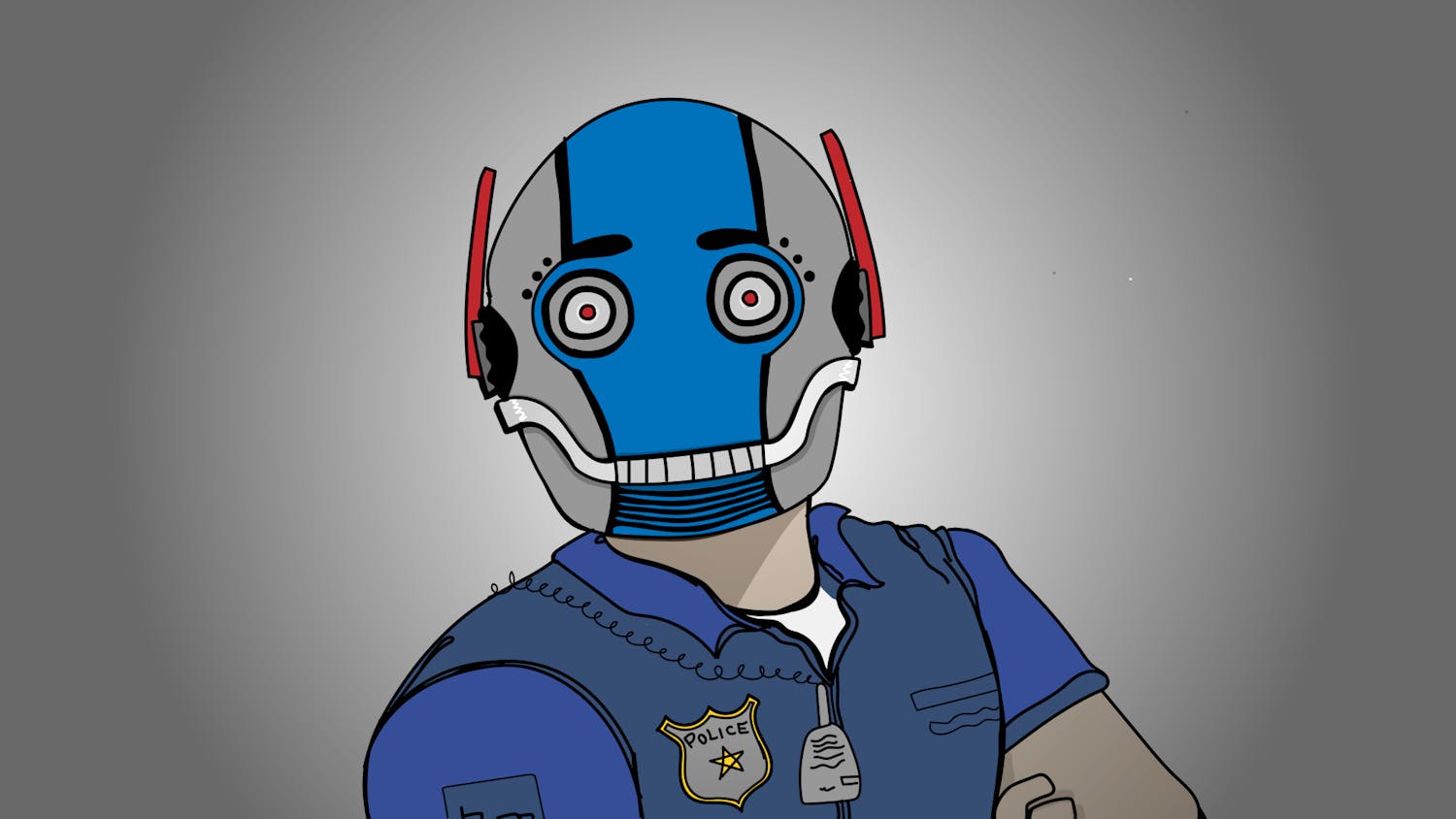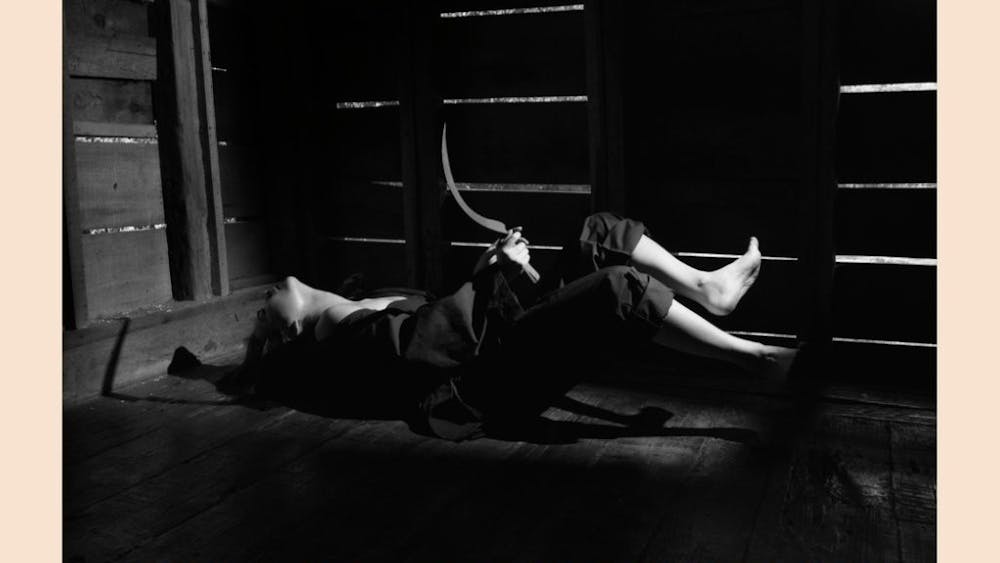Do you hear that rattling noise?
It’s the First Amendment on our campus.
You can trap it in the pages of the Code of Student Rights, shove it in a drawer at Residential Programs and Services and bury it under Dunn Meadow, but it’s going to haunt you until it is set free.
Yes, this public university — accountable to the Indiana and federal constitutions — regulates speech and often does so in vague and subjective terms.
It begins in the Preamble to the Code of Student Rights, Responsibilities and Conduct, which states a harmless-sounding requirement that students agree to treat others with “civility and understanding.”
I am willing to bet a lot of money that nearly every person on campus has, in someone’s eyes, violated that agreement at one time or another.
In 2007, a federal judge struck down a similar policy of the California State University system precisely because it is overly broad and has a chilling effect on speech.
Less facially innocuous is a requirement in the Apartment Housing Rules and Regulations prohibiting “offensive” or “inappropriate” speech on dry erase boards and other public areas.
Who judges when expression meets that criteria? I hope it’s someone with thick skin.
It’s funny that in a place where people are supposed to learn to function as independent adults, some think it proper to protect them from that which may shock and offend.
How about the fact that, according to the Student Organizations Handbook, Dunn Meadow is the only place on campus designated by the Board of Trustees as a “spontaneous free speech area?”
To be fair, universities can implement reasonable limits on when, where and how demonstrations are performed.
In fact, they have considerable leeway in doing so because people have to learn, work and sleep on campus.
If you’ve walked around this campus, you know it’s huge and has a lot of open space.
Penning demonstrators into one area may be convenient for the University, but it just doesn’t pass the most rudimentary of plausibility tests for reasonable time, manner and place restrictions.
This is why a federal court struck down a similar policy at the University of Cincinnati this year. These three policies are a sample of IU’s constitutionally questionable rules and regulations.
In the code, IU claims “in accordance with the state and federal Constitution ... the University recognizes the rights of all students to ... express thoughts ... without University interference or fear of University disciplinary action.”
That’s a great guarantee, in theory.
We can do a lot better in practice.
— danoconn@indiana.edu
Sticks, stones, First Amendment rights
Get stories like this in your inbox
Subscribe





